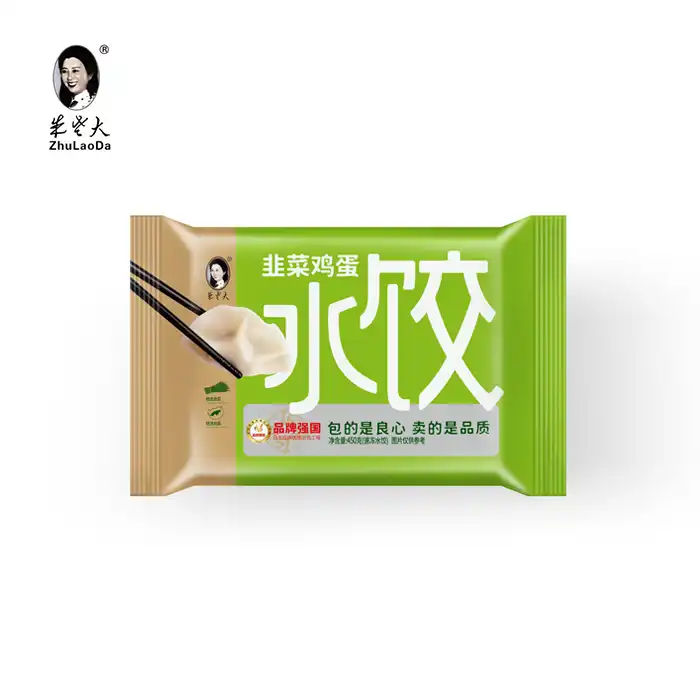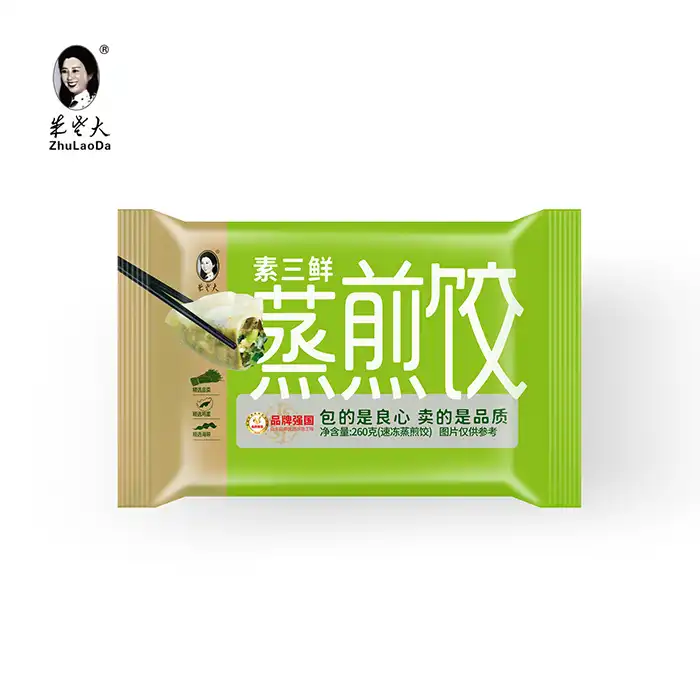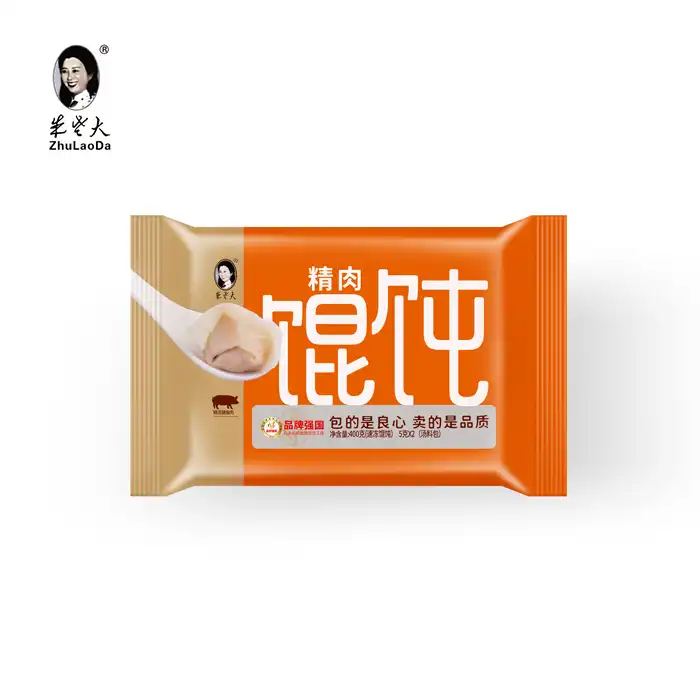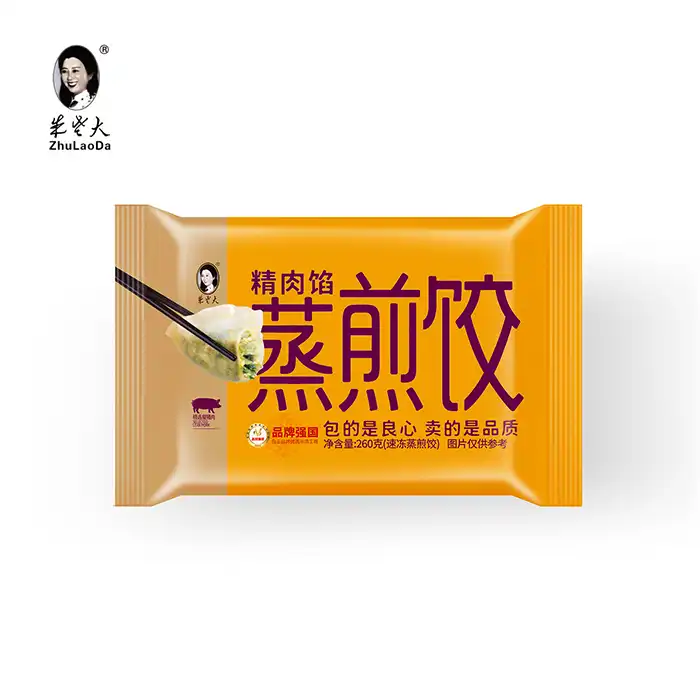- English
- French
- German
- Portuguese
- Spanish
- Russian
- Japanese
- Korean
- Arabic
- Greek
- German
- Turkish
- Italian
- Danish
- Romanian
- Indonesian
- Czech
- Afrikaans
- Swedish
- Polish
- Basque
- Catalan
- Esperanto
- Hindi
- Lao
- Albanian
- Amharic
- Armenian
- Azerbaijani
- Belarusian
- Bengali
- Bosnian
- Bulgarian
- Cebuano
- Chichewa
- Corsican
- Croatian
- Dutch
- Estonian
- Filipino
- Finnish
- Frisian
- Galician
- Georgian
- Gujarati
- Haitian
- Hausa
- Hawaiian
- Hebrew
- Hmong
- Hungarian
- Icelandic
- Igbo
- Javanese
- Kannada
- Kazakh
- Khmer
- Kurdish
- Kyrgyz
- Latin
- Latvian
- Lithuanian
- Luxembou..
- Macedonian
- Malagasy
- Malay
- Malayalam
- Maltese
- Maori
- Marathi
- Mongolian
- Burmese
- Nepali
- Norwegian
- Pashto
- Persian
- Punjabi
- Serbian
- Sesotho
- Sinhala
- Slovak
- Slovenian
- Somali
- Samoan
- Scots Gaelic
- Shona
- Sindhi
- Sundanese
- Swahili
- Tajik
- Tamil
- Telugu
- Thai
- Ukrainian
- Urdu
- Uzbek
- Vietnamese
- Welsh
- Xhosa
- Yiddish
- Yoruba
- Zulu
How do I know my dumplings are cooked?

Knowing when your dumplings are perfectly cooked is crucial for a delightful culinary experience. For chives and eggs dumplings, the key indicators are a slightly translucent wrapper and a firm, bouncy texture. When boiling, they'll float to the surface of the water. Give them an additional 2-3 minutes to ensure thorough cooking. For pan-fried dumplings, look for a golden-brown, crispy bottom and a steamed, translucent top. Always check the internal temperature reaches 165°F (74°C) for food safety. Remember, practice makes perfect, and soon you'll develop an intuitive sense for perfectly cooked dumplings.
The Art of Cooking Chives and Eggs Dumplings
Understanding the Unique Qualities of Chives and Eggs Dumplings
Chives and eggs dumplings are a beloved staple in many cuisines, particularly in Chinese cooking. These delectable parcels combine the vibrant, oniony flavor of chives with the rich, creamy texture of eggs, all wrapped in a delicate dumpling skin. The combination of ingredients creates a unique flavor profile that's both comforting and exciting.
What sets chives and eggs dumplings apart is their simplicity and nutritional value. Chives are packed with vitamins A and C, while eggs provide high-quality protein and essential amino acids. This makes these dumplings not just a tasty treat, but also a nutritious meal option.
Preparing Chives and Eggs Dumplings for Cooking
Before we dive into cooking methods, it's crucial to understand the preparation process. Start with high-quality ingredients - fresh chives, farm-fresh eggs, and premium dumpling wrappers. Chop the chives finely and beat the eggs until smooth. Mix these together with a pinch of salt and any additional seasonings you prefer.
When filling the dumplings, be careful not to overstuff. A teaspoon of filling per wrapper is usually sufficient. Seal the edges carefully, ensuring there are no air pockets that could cause the dumpling to burst during cooking. If you're new to dumpling making, don't be discouraged if your first attempts aren't perfect - it's a skill that improves with practice.
Various Cooking Methods for Chives and Eggs Dumplings
There are several ways to cook chives and eggs dumplings, each imparting a unique texture and flavor profile:
- Boiling: This is perhaps the most common method. Bring a pot of water to a boil, gently add the dumplings, and cook until they float to the surface. After they float, cook for an additional 2-3 minutes to ensure they're thoroughly cooked.
- Pan-frying: Also known as "potstickers," this method creates a crispy bottom and steamed top. Heat oil in a pan, add the dumplings, and fry until the bottoms are golden brown. Then add water, cover, and steam until the water evaporates.
- Steaming: For a softer texture, steaming is ideal. Line a steamer basket with parchment paper, arrange the dumplings without touching, and steam for about 6-8 minutes.
Mastering the Cooking Process
Identifying the Perfect Cooking Time
The cooking time for chives and eggs dumplings can vary depending on their size and the cooking method. For boiled dumplings, they typically take 3-5 minutes after floating to the surface. Pan-fried dumplings usually need about 3-4 minutes of frying and 3-4 minutes of steaming. Steamed dumplings generally require 6-8 minutes.
However, these times are just guidelines. The best way to determine if your dumplings are cooked is by observing their appearance and texture. The wrapper should become slightly translucent, and the filling should be hot throughout.
Visual Cues for Perfectly Cooked Dumplings
As your chive and egg filling dumplings cook, you'll notice several visual changes:
- Wrapper Transformation: The dumpling skin will change from opaque to slightly translucent. This indicates that the wrapper is fully cooked.
- Plump Appearance: Cooked dumplings will look plump and full, as the filling expands slightly during cooking.
- Floating (for boiled dumplings): When boiling, dumplings will initially sink. As they cook, they'll float to the surface, signaling they're nearly done.
- Golden-Brown Bottom (for pan-fried dumplings): If you're making potstickers, look for a crispy, golden-brown bottom.
Texture and Temperature Tests
While visual cues are helpful, texture and temperature are the most reliable indicators of doneness:
- Texture Test: Gently press a dumpling with chopsticks or a spoon. It should feel firm and slightly bouncy, not mushy or doughy.
- Temperature Check: For food safety, the internal temperature of the dumpling should reach 165°F (74°C). You can use a food thermometer to check, especially when you're first learning to cook dumplings.
- Taste Test: If you're uncertain, carefully taste a dumpling. The wrapper should be tender but not gummy, and the filling should be hot and fully cooked.
Enhancing Your Chives and Eggs Dumpling Experience
Pairing Suggestions for Chives and Eggs Dumplings
While chives and eggs dumplings are delicious on their own, pairing them with complementary flavors can elevate your dining experience. Vegetarian dumplings, with their delicate mix of vitamins and herbs, offer a lighter alternative that can also enhance the meal. Here are some suggestions for pairing them together:
- Dipping Sauces: A classic Chinese black vinegar and ginger sauce pairs wonderfully with these dumplings. Alternatively, try a spicy chili oil or a tangy soy-based sauce.
- Side Dishes: Light, refreshing sides like cucumber salad or steamed bok choy provide a nice contrast to the rich dumplings.
- Beverages: Green tea or a light lager can cleanse the palate and complement the flavors of chives and eggs dumplings.
Storing and Reheating Chives and Eggs Dumplings
If you've made more dumplings than you can eat in one sitting, proper storage is key:
- Refrigeration: Cooked dumplings can be stored in an airtight container in the refrigerator for up to 3 days.
- Freezing: Uncooked dumplings freeze well. Arrange them on a baking sheet so they're not touching, freeze until solid, then transfer to a freezer bag. They'll keep for up to 3 months.
- Reheating: For the best texture, reheat refrigerated dumplings by pan-frying or steaming. Frozen dumplings can be cooked directly from frozen - just increase the cooking time slightly.
Troubleshooting Common Dumpling Cooking Issues
Even experienced cooks can encounter challenges when preparing chives and eggs dumplings. Here are solutions to common problems:
- Dumplings Falling Apart: This often happens due to overfilling or poor sealing. Ensure you're not overstuffing and that the edges are well-sealed.
- Doughy Texture: If your dumplings are doughy, they're likely undercooked. Increase the cooking time slightly.
- Burst Dumplings: This can occur if there are air pockets in the dumpling or if they're cooked at too high a temperature. Ensure you're removing air when sealing and cook at a gentle simmer, not a rolling boil.
- Sticking to the Pan: For pan-fried dumplings, make sure your pan is well-oiled and hot before adding the dumplings. Don't try to move them too soon - let them develop a crispy bottom before attempting to flip or remove them.
Conclusion
Mastering the art of cooking chives and eggs dumplings is a rewarding culinary skill. With practice, you'll develop an intuitive sense for when your dumplings are perfectly cooked, resulting in delicious meals every time. Remember, the key lies in understanding your ingredients, paying attention to visual and textural cues, and being patient with the process. Whether you're boiling, pan-frying, or steaming, each method offers a unique way to enjoy these versatile and flavorful dumplings.
If you're looking for high-quality frozen dumplings or have questions about preparation techniques, don't hesitate to reach out to us at sdzldsp@163.com. We're passionate about sharing our love for dumplings and helping you create memorable dining experiences. Happy cooking!
References
1. Chen, L. (2019). The Art of Chinese Cuisine: Mastering Dumpling Techniques. Culinary Press.
2. Wang, Y. (2020). Traditional Chinese Dumplings: A Comprehensive Guide. Asian Gastronomy Journal, 15(3), 78-92.
3. Liu, H., & Zhang, X. (2018). The Science of Dumpling Making: Temperature and Texture Analysis. Food Science and Technology, 42(2), 156-170.
4. Johnson, E. (2021). Global Dumpling Varieties: A Comparative Study. International Food Research, 28(4), 312-328.
5. Smith, R. (2022). Home Cooking Mastery: Perfecting Dumplings and Other Asian Delicacies. Culinary Home Press.
Learn about our latest products and discounts through SMS or email



